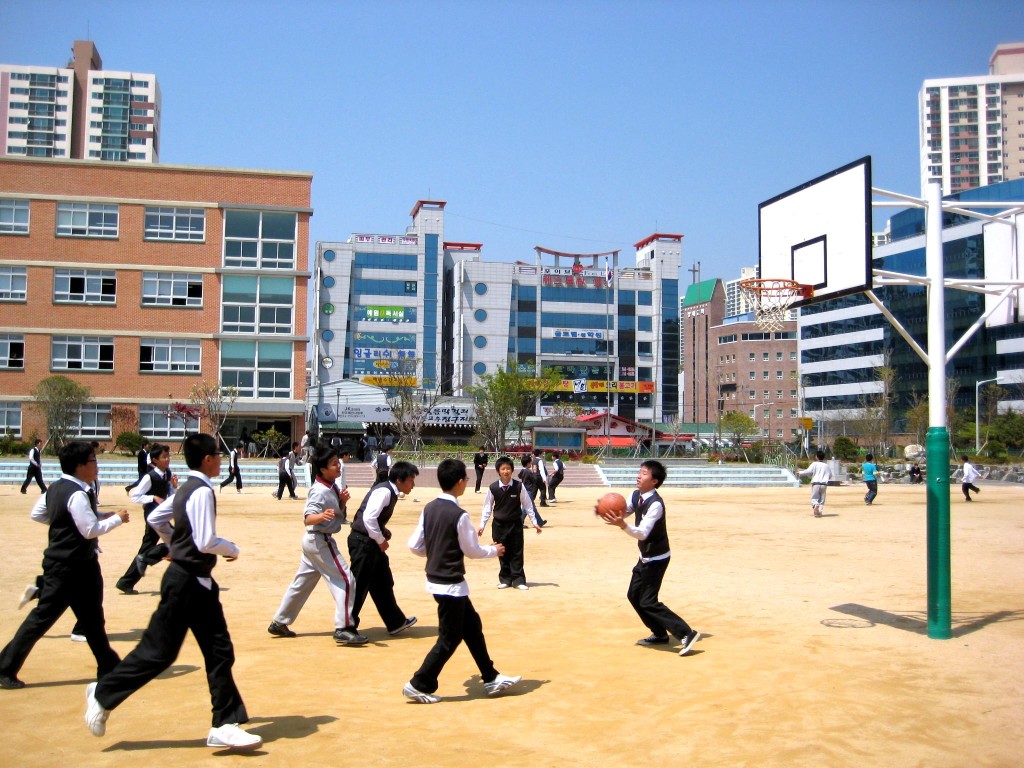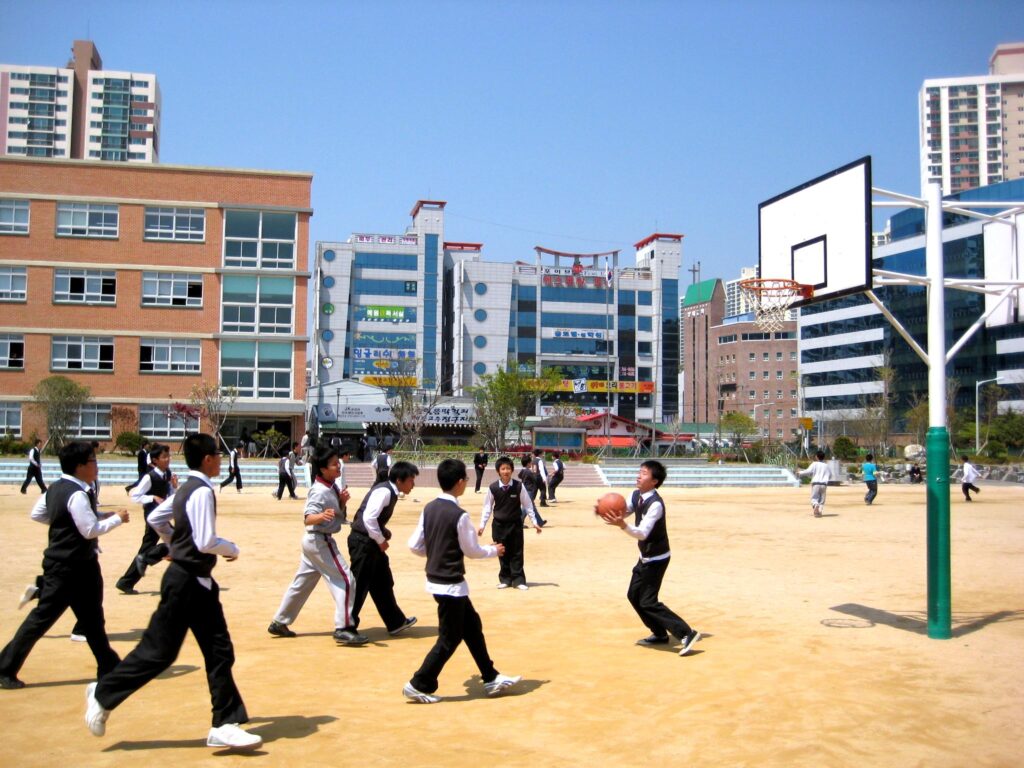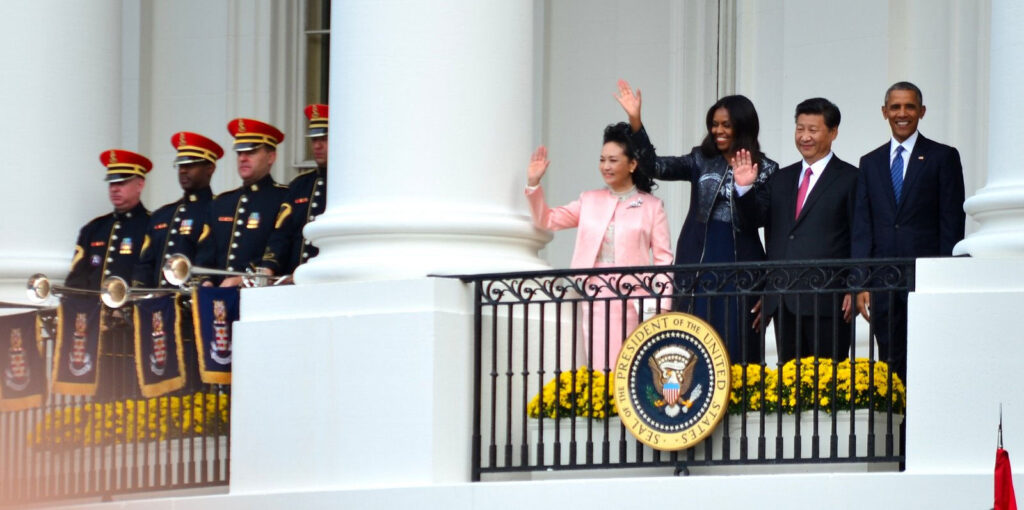Despite past success, change may be looming for South Korea’s education system

For decades, South Korea has been among the top nations worldwide in student test scores and literacy and graduation rates. Following the Korean War, the administrations of Syngman Rhee and Park Chung Hee moved control of the education system from local school boards to a new Ministry of Education in an attempt to achieve economic development through centralized bureaucracy. The Ministry has been responsible for setting enrollment quotas, certifying schools and teachers, curriculum development, resource allocation, and school administration.
These policy decisions contributed to rapid modernization and economic growth. The adult literacy rate grew from 22% in 1945 to 93% by the late 1980s. Enrollment numbers quickly surpassed those of other industrialized countries such as Japan. In 1985, 99% of students attended an optional year of middle school. In 1987, 34% of secondary school graduates attended institutions of higher education (compared to 30% in Japan and 20% in Britain). Government expenditure on education grew from 2.2% of GNP in 1975 to 4.5% of GNP in 1986.
Accompanying these changes was the rise of an education-centric culture among the South Korean population. The “tiger parenting” tradition that has recently gained attention in the US has been commonplace in South Korea since the early 1990s. Families stress the importance of academic success, no matter what the cost, as the stepping stone to a university education and a respectable white-collar job. The average student spends 13 hours per day at school and logs 5.5 hours of sleep per night. Much of the time in between is spent on homework and further studying.
A “double shift” of school is normal for most students. South Korean families frequently spend thousands of dollars per year on hagwon (known as “cram schools”), which are industrial-scale private schools that tutor high school children every night starting after dinner until around 11pm. South Korea has over 100,000 hagwon today, and roughly 75% of children attend them. In 2012, South Koreans spent $17.9 billion (12% of total consumer spending) on private tuition.
Some families split themselves up geographically so that their children can attend prestigious English-speaking secondary schools. Typically, the mother will move with the children to a planned community bordering a Canadian- or American-run school while the father will remain at home to work, living a pseudo-bachelor life until the children leave for college. A Korean term for these families, kiroji kajok (“goose families,” since they have to migrate to reunite) has made its way into the national vernacular. A recent estimate placed the number of goose families nationwide in the low six figures.
Unsurprisingly, this culture has resulted in consistent top rankings for South Korea’s education system among all countries. In 2014, South Korean students ranked at the top of the Programme for International Student Assessment (PISA) in reading, mathematics, and science. In 2011, 64% of the South Korean population had university degrees, well above the Organisation for Economic Cooperation and Development (OECD) international average of 39%. In 2014, the OECD’s aggregate index (an average of ratings across several major categories) placed South Korea atop the rankings, with a score of 1.30 standard deviations above the mean. The next closest country, Japan, had a score of 1.03. The United States placed 14th with a score of 0.39.
In recent years, however, the national conversation regarding education has shifted to include non-academic factors. Since 2011, suicide has been the leading cause of death among young people. 53.4% of South Korean youths who have considered suicide cited excessive academic competition as the main reason. Furthermore, a shrinking middle class has led to a decrease in youth employment. According to a 2013 report by McKinsey & Company, an American consultancy, the proportion of middle class households shrank from 75.4% in 1990 to 67.5% in 2010. This decline was fueled by a shrinking number of high-paying jobs with major business conglomerates; these companies have historically provided the plurality of jobs in South Korea. Earlier in 2014, Statistics Korea reported that youth employment dropped below 40% for the first time since 39.7%. South Korea’s rate of graduate employment among university-educated citizens aged 25-34 is 75%, below the 82% OECD average.
Education experts report that South Koreans have mixed emotions about their education system. The international ranking numbers are impressive and the envy of many nations (including the US). But some administrators believe that this academic success has come at the cost of students’ emotional well-being. Professor JuHo Lee, a former education minister, believes that intensive education was appropriate during Korea’s rapid economic growth, but may now be unnecessary. “We now must look into the ways to reform our education system, not based on test scores, but based on creativity and social and emotional capacities,” he said in January 2014.
Few countries in history have achieved the rapid growth that South Korea has in recent decades. The success of its education system has transformed the country from a war-torn region to an industrialized player on the world stage. However, recent statistics detailing the results of heightened academic pressure, along with the appropriate concern by key administrators, mean that the next decade may hold great change for South Korean education.
The views expressed by these authors do not necessarily reflect those of the Glimpse from the Globe staff, editors, or governors.








